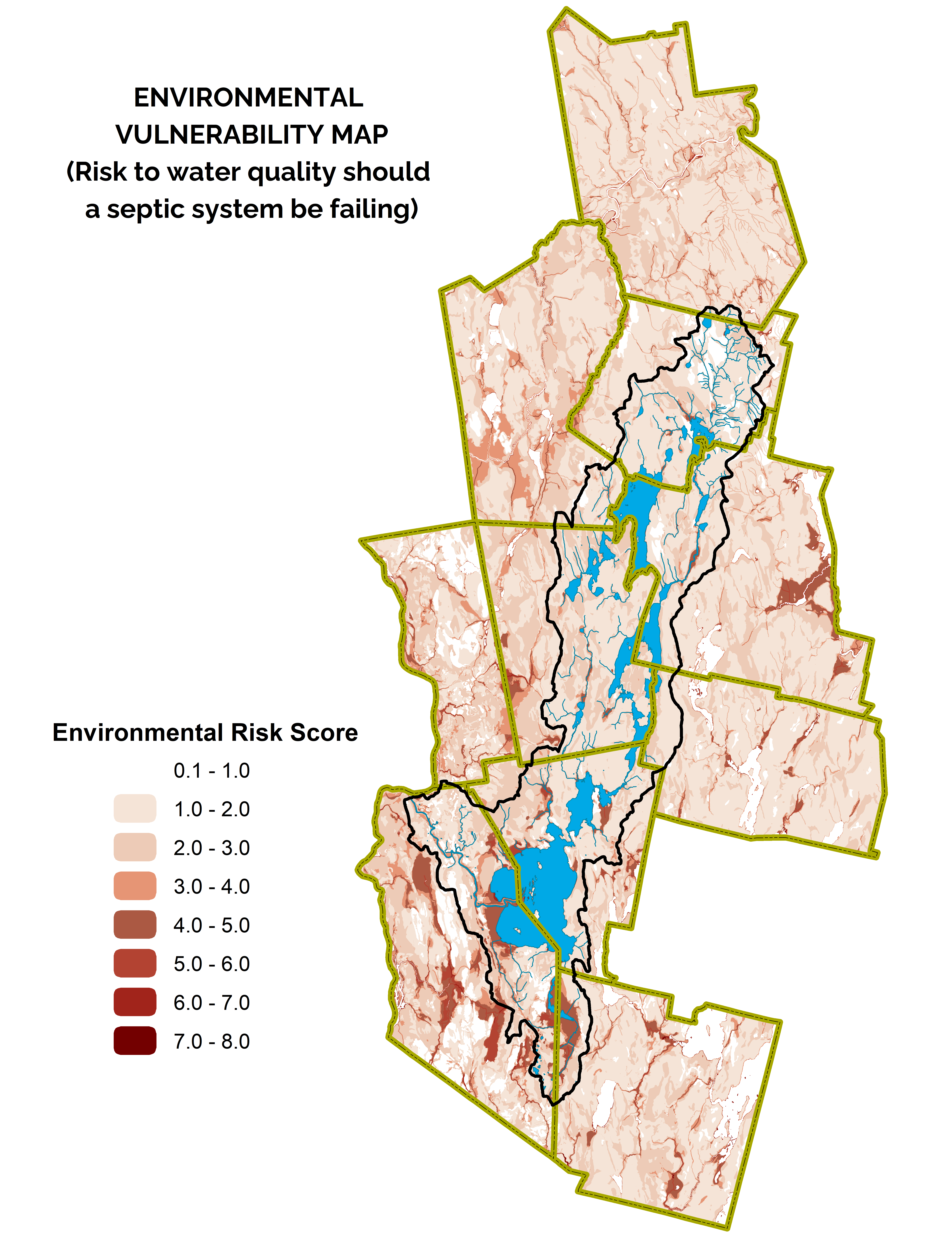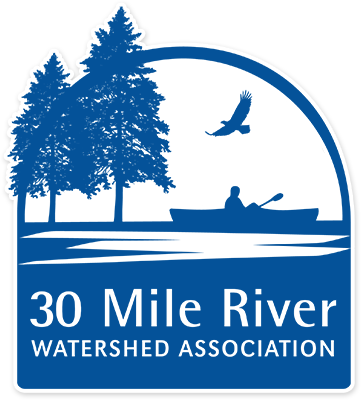The wastewater from most of our camps and homes is treated by a septic system. This includes water from the bathroom, the kitchen, and the laundry. These systems capture nutrients such as phosphorus, the biggest factor in algae growth in lakes. Ensuring your septic system is properly functioning will protect the health of our lakes and ponds.
Do you know the answers to the following questions?
- Where is your septic system located?
- How old is your septic system?
- When was your septic system last pumped?
- Has your system been inspected in the last 3-5 years?
These are a few of the questions that play a role in the overall safety of your system. Depending on your answers, you can learn more about what steps can be taken by going through these same questions on our website.
In 2023, 30 Mile was awarded a grant from the Maine Outdoor Heritage Fund (MOHF) to complete a regional septic vulnerability study and database. On our Septic System Vulnerability Study webpage, scroll down to “Is your septic system safe for the lake?” These questions will guide you through what you can do now. You can also find your location on the Septic System Risk Mapper to see the risk of pollution determined by environmental risk factors, such as shallow groundwater, flooding, proximity to wetlands and waterbodies, and soils data.
Keeping up with your septic maintenance will ensure proper functioning, keep our watershed safe, and reduce the cost of more expensive repairs resulting from misuse.

This article was included in 30 Mile’s May 2025 newsletter. To view the full newsletter, click here.
